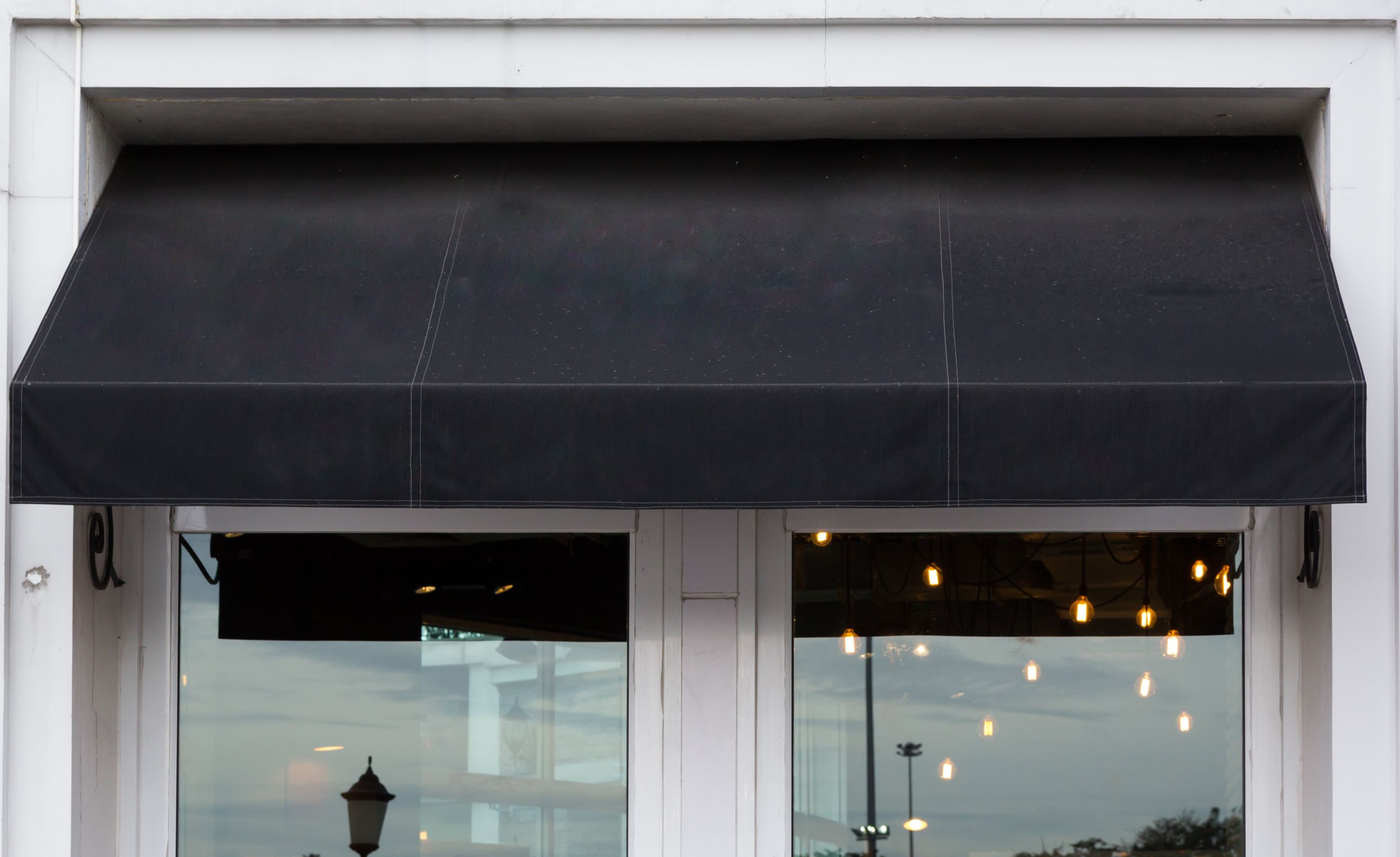How to Find The Best Awnings For Your RV or Camper
Awnings are extraordinarily handy in inclement or hot weather; however, one should be aware of the cost involved in adding one to an RV or a camper, and the types of awning coverings available.
An awning, also called an overhang, is a covering that is attached to the RV or camper; back in the day, they were exclusive to buildings (homes or businesses) to protect customers, or the home, from the heat of the day. They began to travel when America began to travel, and they are now typically attached to most RVs and campers. Usually an awning was composed of canvas fabric which has been interwoven with acrylic or cotton (polyester was popular in the 70s, but tended to droop); today they can consist of fiberglass, polycarbonate or even aluminum. They can be retractable or stationary (the former is always the case with RVs and campers).
Here are two types of awnings, manually operated and motorized; awnings for RVs and awnings for campers tend to be the former, unless the camper or RV is incredibly well-appointed (and expensive). Remote control mechanisms, handy for businesses and homes, are far too bulky, usually, for practicality in attaching awnings to travel vehicles.
Awnings for RVs are attached to the side of the RV (the left, where passengers embark and disembark), and are usually supported by metal arms (called rafters) with travel locks that keep the awning in place; these traveling arms can swing into position against the body of the RV when traveling, and ride flat against the vehicle. There is also a ratchet mechanism that rolls out and rolls up the awning in inclement weather (and most RV owners agree that a violent storm is one instance where the awning should be rolled up immediately; it can easily tear, or pitch the RV about like a boat in a storm). The awning can be raised to several different heights, depending on the position of the sun and whatever awning position gives the most comfort.
Awnings for campers can be even more elaborate, with the use of the pop-up accessory (first used in the 1930s and 40s), a tent attachment that pops open on a camper and folds back for easy storage. There are entire pop-up campers available for not much more than a regular camper, and they typically feature extensions on both sides of the vehicle. There are also portable pop-ups with trailer frames, hard roofs and pull-out bunks; these can be appended to regular (albeit sturdy) vehicles such as trucks. If one isnt quite that adventurous, and wants something that is sturdier in construction, campers can be fitted with awnings precisely like those of RVs.
Usually RVs or campers purchased these days will have coverings like these included, but they will not be the sturdiest models available; hence there may be a need for a replacement that is more durable.
What do these replacement coverings cost? There is an enormous price range for them. Metal coverings, an excellent choice for either RVs or campers, usually cost between $100 and $600 for pre-made (this is the metal covering, the poles that support it and the ratcheting mechanism that closes it, all included). If one wants a customized covering, the metal ones run between $9 and $11 per square foot. Fabric models, pre-made (usually RVs or campers purchased these days will have one included, run between $150 and $700, and custom fabric coverings can be as high as $12,000, depending on fabric used and size desired. Fabric is the most versatile covering since it rolls up easily, travels well and can be quite large (and provide a lot of shade) as a result of its low weight.
Overall, awnings for an RV or camper will run anywhere between $100 and $3000 for most models, a fairly affordable price for comfort and shade while one is traveling.
Category: Awnings
Related Articles
Business News
Popular Posts
- MindBalance not only helps individuals but couples stay together longer
- Mind Matters- The Chiropractic Approach to Personal Growth
- Three Sentences from a Billionaire That Changed My Life and Made Me Millions
- Mind Balance - A Comprehensive Solution for Navigating Modern Mental Health Challenges
- Buddhist Reflections - Navigating the Path of Self-Awareness and Enlightenment
- Uniting in Universal Love - Embracing Commonalities Across Faiths
- Universal Pursuit of Happiness - Wisdom from World Religions
- Bridging Divides - Understanding Barriers to Unity and Happiness in World Religions
- Transcending Materialism - Spiritual Practices from World Religions
- Balancing Act - How Understanding Personalities Could Unlock World Peace
- Harnessing Personality Assessment for Enhanced Well-being and Fulfillment
- The Universal Appeal of The Book of Seven by J R Wexler - A Beacon of Harmony and Understanding
- Understanding Judaism - A Comprehensive Overview of Beliefs Practices and Cultural Impact
- Discovering Hinduism - A Deep Dive into Its Traditions Texts and Teachings
- Understanding Buddhism - Insights into Its Teachings Meditation and Cultural Impact
- Preparing Kids for Adulthood - 15 Vital Skills They Wont Learn in School
- Navigating Diversity - Jerusalem's Tactical Approach to Interfaith Harmony
- Clearing Mental Plaque: The Path to Enhanced Communication and Divine Connection
- Living the Teachings of Jesus - 100 Lessons for a Compassionate and Faithful Life
- How Mind Balance Brings People Closer to God
